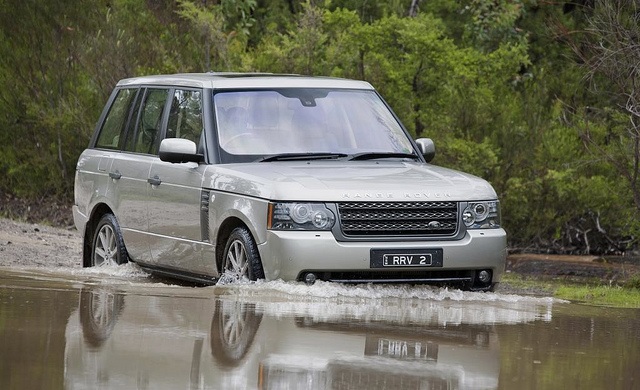Car making in Australia might be on the wane, but the world’s appetite for cars keeps growing – especially in developing markets – and carmakers are keen to move manufacturing plants closer to high-demand hotspots.

With demand for luxury cars slowing in established markets, the premium brands are turning to emerging markets to keep the fires of their industry burning brightly.
Jaguar Land Rover, the luxury arm of India’s Tata Motos Ltd, will build a US$392 million hi-tech manufacturing plant in Rio de Janeiro’s Itatiaia. Construction will begin in 2014 with the first vehicles slated to roll off the line in 2016, subject to final approvals by the Brazilian federal government. Proposed output will be as many as 24,000 cars annually.
Jaguar Land Rover built 346,935 vehicles in the 10 months to October (inclusive) – a healthy increase of 18 per cent, compared with the previous year. This was fuelled significantly by burgeoning markets in China (up 27 per cent) and Brazil (up more than 40 per cent).
Brazilian luxury car sales are tipped to triple by 2017, and the new plant effectively places the Indian carmaker’s luxury plant at ground zero of a booming market in high-end autos.
The company will not be alone. Mercedes-Benz will invest more than US$220 million to assemble its cars in Brazil. BMW and Volkswagen will spend similar amounts to get their products built in the booming South American country.
Car sales in Brazil will hit a record of 4.3 million units this year, and are expected to reach 5.8 million by 2020. Keen to boost the local economy, the Brazilian federal government will implement taxes on imported cars, incentivizing car makers to build locally.
Independent research conducted by BCCL from Australia.















